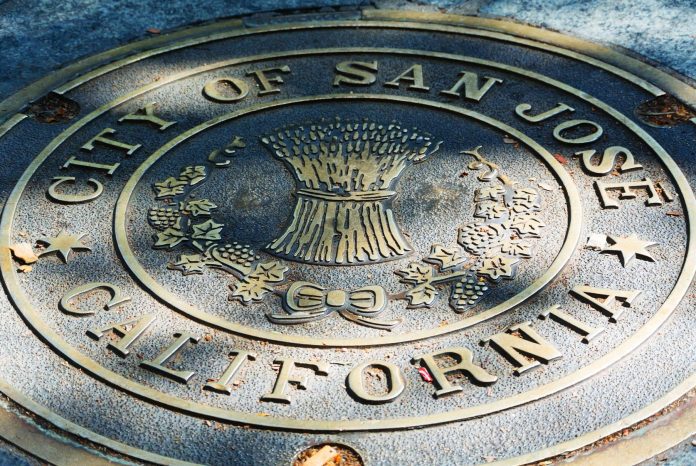Smart city projects cover public safety, traffic management, sustainability
The city of San Jose, in California, has been taking rapid steps towards the implementation of a city-wide smart city program.
In January 2017, San Jose’s smart cities and service improvements committee was approved by the City Council. The primary goal of this committee is to achieve the strategic goals of San José’s Smart City Vision by advancing innovation projects at scale, demonstration/pilot projects, and strategy and policy initiatives towards the implementation of smart city projects across the city.
One of the key initiatives of the city’s smart city vision is to transform San Jose into a safe city through the use data analytics to improve safety, including better targeting code enforcement, identifying homes with the highest fire risk for preventative measures such as smoke alarm checks, and using geo-tagged data on graffiti complaints and truancy rates to inform “hot spot” crime prediction and prevention.
San Jose also aims to reduce traffic accidents and fatalities with connected infrastructure, data analytics, and machine learning that can optimize traffic systems and identify high-accident intersections.
San Jose’s smart city vision also includes plans to deploy sustainable city initiatives, which would enable deployment of energy and water management technology in buildings, and promote real-time data analytics to help residents and businesses conserve energy and water.
Through these initiatives, the city aims to deploy sensor technology on city streets and infrastructure and explore on-demand mobility apps to reduce GHG emissions.
The initiative also seeks to engage all City agencies and local businesses to improve energy and water efficiency, using data to benchmark progress, and analytics to identify best practices.
San Jose also intends to become a demonstration city. One of the key initiatives in this field is to fully develop the city’s transportation innovation zone to test new products and services, such as autonomous vehicles, that will shape transportation in the future and mitigate traffic congestion.
Another initiative stipulates the deployment of an IoT platform employing transit vehicles and infrastructure by using smart sensor technologies to improve safety, mobility, and optimize San Jose’s transit system.
“In order to deliver on this vision, the City needs to move from utilizing IT as primarily a “support function” to investing in and embracing a digital strategy that becomes a core part of how we do business. Currently, there are many initiatives led by dedicated City staff to experiment with new technology, such as on-line learning in our libraries, and “smart” LED streetlights on our streets. A city-wide digital strategy will build on those efforts and help to move many pilot efforts to scaled impact,” San Jose’s City government said.
In 2014, Intel had deployed in San Jose its first smart city implementation in the United States. At that time, San Jose installed a network of sensors to create a “sustainability lens” that uses Intel technology to measure characteristics such as particulates in the air, noise pollution and traffic flow. Such measurement data produced meaningful insights that allowed the city to make improvements in air quality, noise, transportation efficiency, environmental sustainability, health and energy efficiency.

